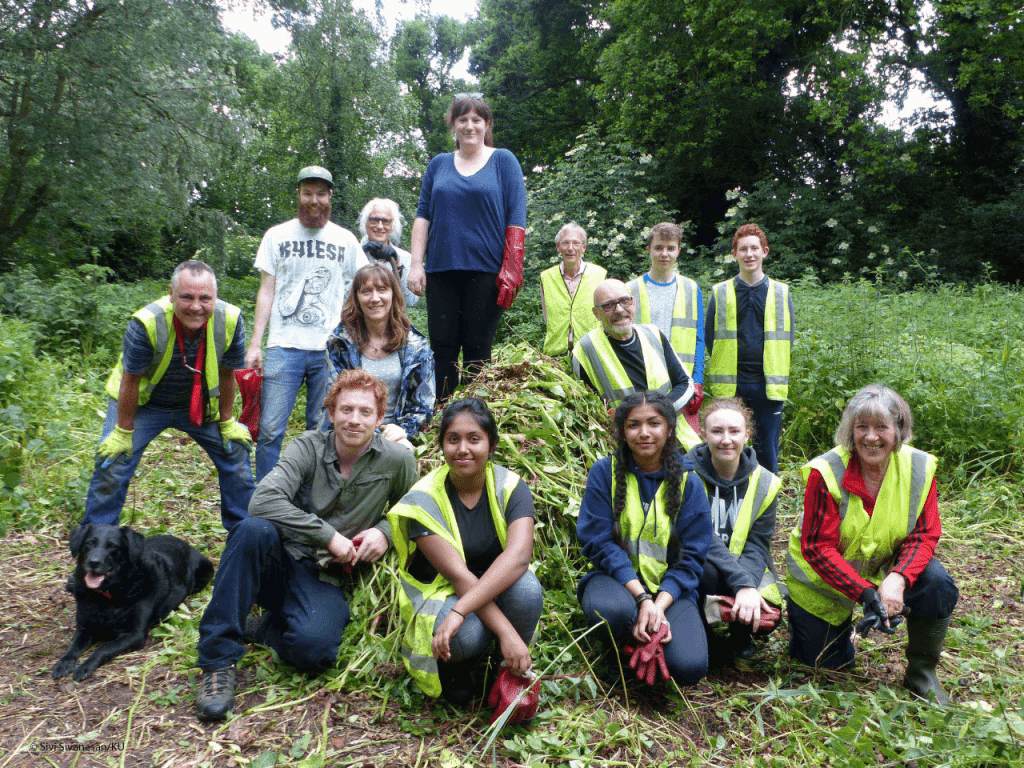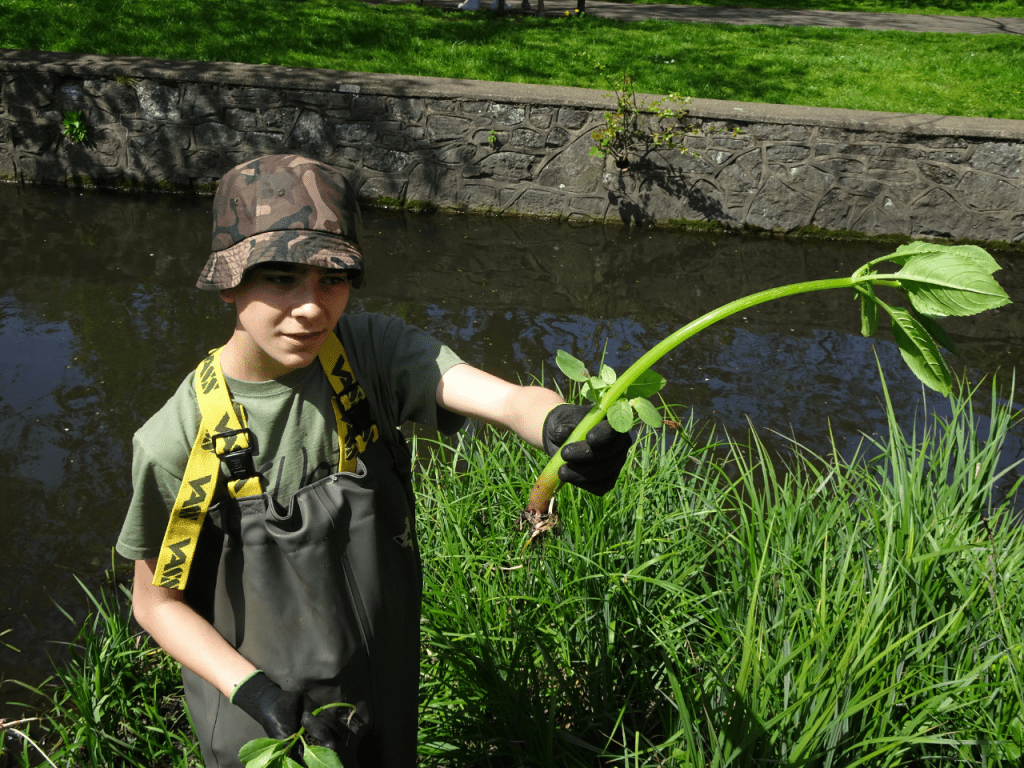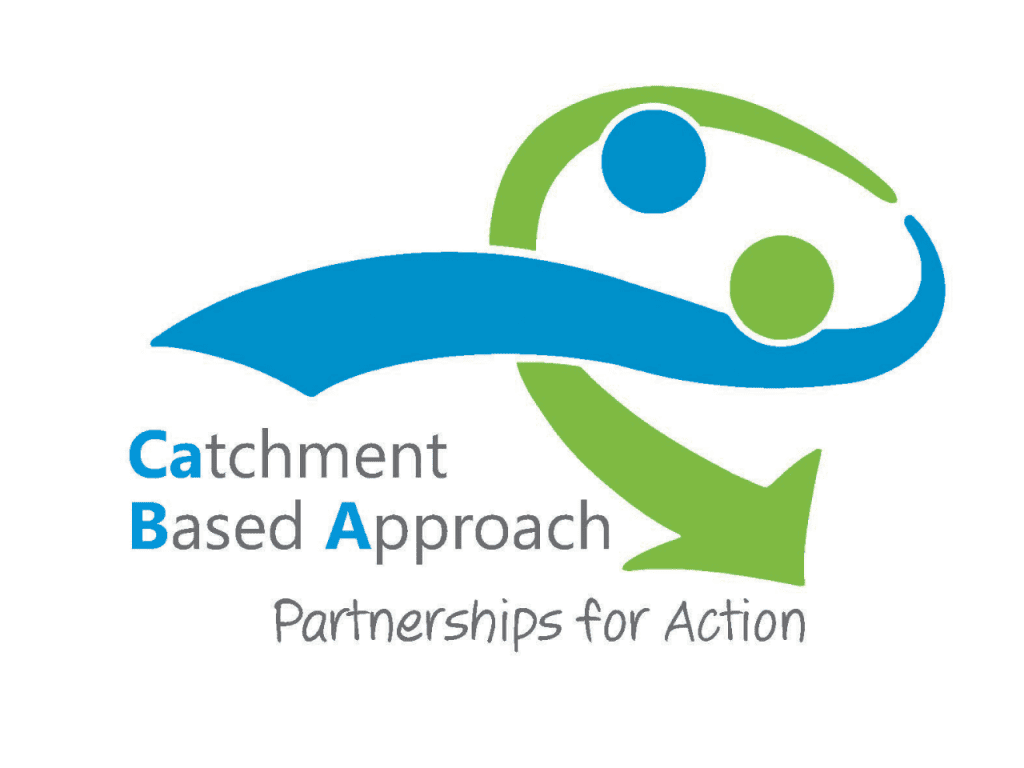Invasive, non-native species (INNS) are widespread across various habitats in the UK and our waterways are no exception.
Volunteers help us to survey invasive plants and record their spread and abundance along the Beverley Brook, Wandle and Hogsmill rivers. This information is then shared with partners and used to develop a plan of action to manage or eliminate these unwanted visitors.






